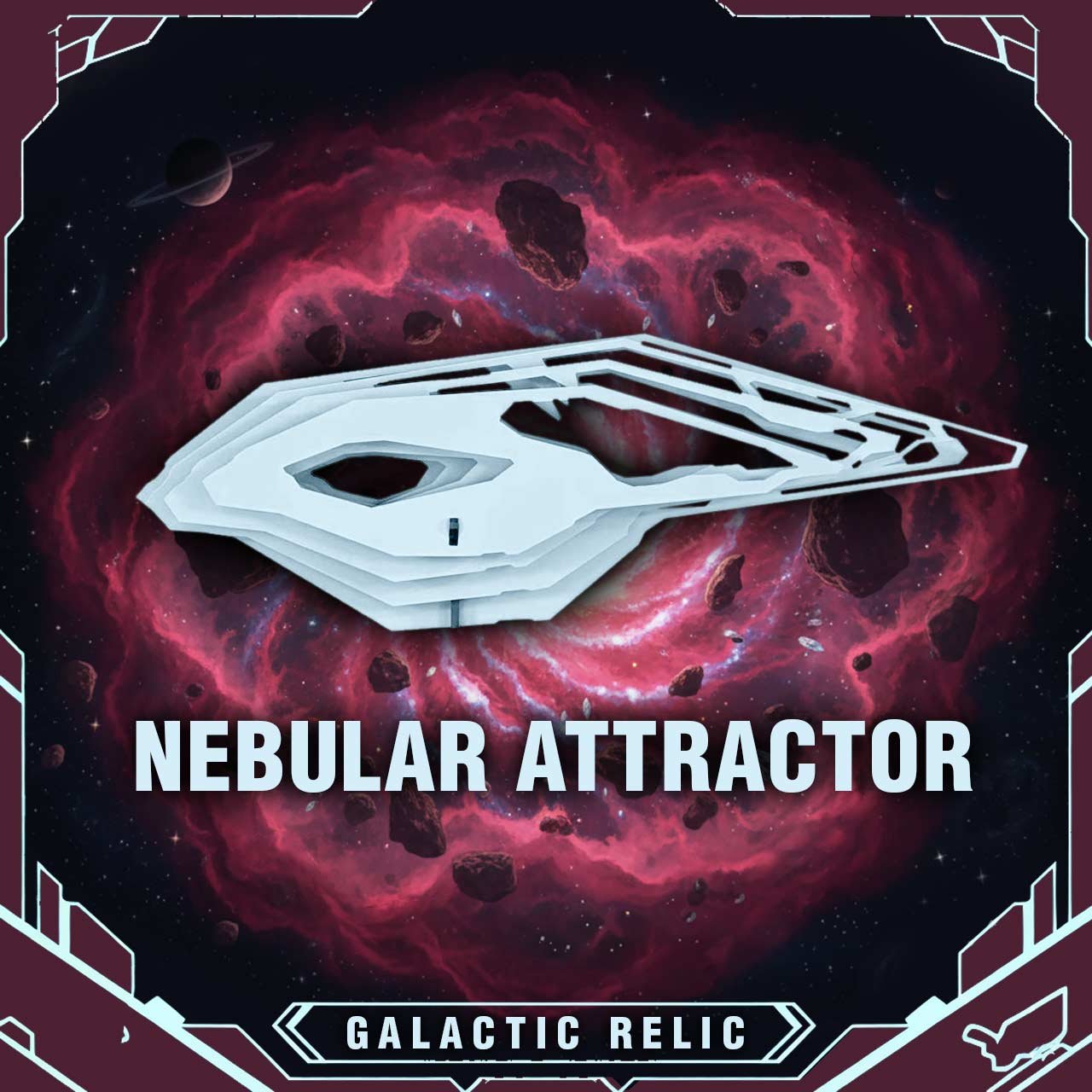First Contact: The Nebular Attractor
When a Skull Tells Stories We're Not Ready to Hear
Sometimes discovery hits different. You're expecting rocks, maybe some interesting mineral formations, and instead you find something that completely rewrites what you thought was possible. That's exactly what happened when we pulled the Nebular Attractor from the debris field of what used to be a thriving planetary system.
Welcome to Orbit Log, where we're documenting everything we're learning about the Foundryon Universe—an extinct exoplanetary system that's proving to be way more than anyone bargained for.
What We're Actually Looking At
The Nebular Attractor isn't your typical fossil. For starters, it's made of something closer to steel than bone, which is why we're calling these discoveries "galactic relics" instead of fossils. Less confusing, more accurate.
What we have is essentially a head—or what remains of one. Picture a skull, but rendered in CT scan-style layers, like someone pressed pause while reality was still loading. We don't have the full creature, just this cranial fragment. And honestly? That's pretty standard for paleontology, whether we're talking Earth dinosaurs or extinct alien life forms. One bone can tell you everything, if you know how to listen.
Based on the skull dimensions, we're looking at something roughly antelope-sized. Not massive, not tiny—somewhere in that uncanny middle ground that makes you wonder what else was out there.
The Brain That Shouldn't Exist
Here's where it gets wild. The rear portion of the skull houses this incredibly complex cavity filled with intricate filaments. Our best interpretation? Neural center. A brain. An evolved, sophisticated one that suggests this creature wasn't just surviving—it was thinking.
The frontal section has another opening, this one facing outward. Most likely a visual sensory organ. An eye, basically, though who knows what this thing actually saw or how it processed light. Maybe it perceived wavelengths we can't even imagine.
But here's the kicker: no mouth. None. Zero evidence of a food intake system anywhere in the cranial structure.
On Earth, pretty much everything with a head—mammals, insects, crustaceans, you name it—has a digestive entry point up front. It's Biology 101. So how did this thing eat? Did it absorb nutrients differently? Process energy through some mechanism we haven't discovered yet? We genuinely don't know, and that's the kind of mystery that keeps researchers up at night.
Why This Matters
We've created a scale model of the Nebular Attractor—you can check it out in the Space-port section of the site. Seeing it in three-dimensional form hits different than reading about it. It gives you a visceral sense of what this creature might have looked like when it was still roaming whatever world it called home.
Most of what we're finding stays locked behind non-public research protocols. These discoveries aren't just interesting—they're paradigm-shifting. The kind of stuff that could fundamentally change how we understand life, intelligence, and what's possible in the universe. So yeah, we're careful about what gets released and when.
You're Part of This
This is the first entry in a series where we'll be breaking down individual relics, signals, and findings from the Foundryon system. Each article focuses on one object, one mystery, one piece of a civilization that thrived and died long before humans even existed.
Your role as a Seeker is essential. The more people engage with this research, support the work, and spread the word, the faster we can piece together what actually happened out there. Every person who dives into these logs, every conversation about these relics, every share—it all contributes to pushing this forward.
The Galactic Fossil Relic Hunt isn't just about collecting objects. It's about unraveling a story we're only beginning to understand. And honestly? We need you for that.
Stay on board. More entries coming soon.
